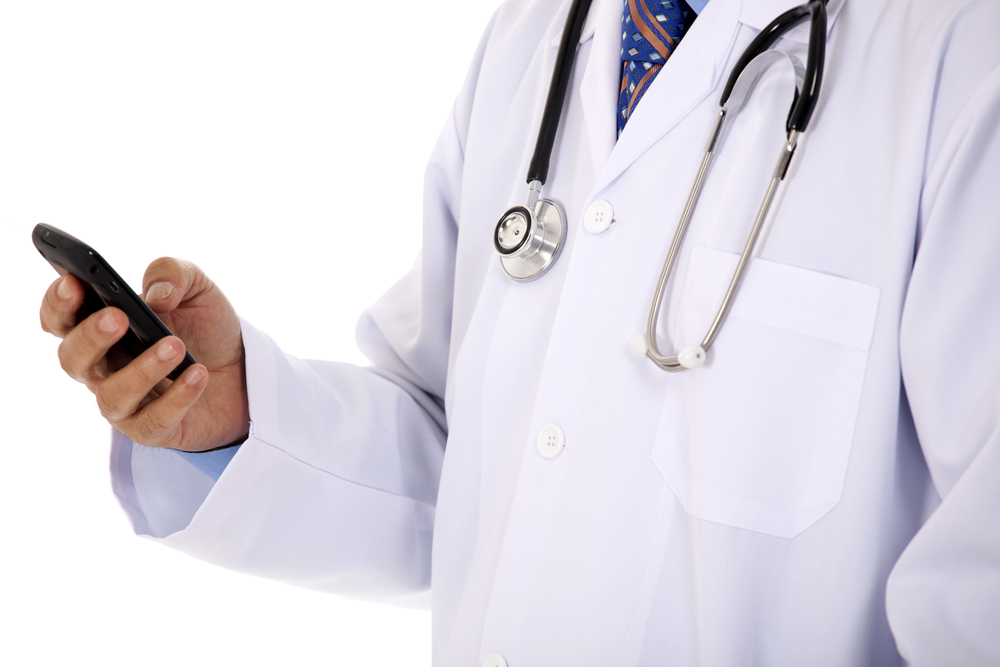
Mobile billing and payments have seen extraordinary growth in almost every consumer industry, from utility bills to lattes. However, the healthcare industry has been slow to adopt mobile billing and payments. A number of factors are converging to make 2013 a year of rapid growth in mobile payment options for medical providers and patients.
[aditude-amp id="flyingcarpet" targeting='{"env":"staging","page_type":"article","post_id":737901,"post_type":"guest","post_chan":"none","tags":null,"ai":false,"category":"none","all_categories":"business,mobile,","session":"D"}']Healthcare is a slow-moving, highly-regulated industry that historically has been resistant to adopting non-care related changes. As pressures on hospital and physician revenue mount, medical providers are increasingly forced to take on new billing options. Here are three reasons why mobile medical billing and payments will expand in 2013:
1) Multiple Payment Scenarios and Options
There are two general types of mobile payment options: point-of-sale purchases and bill pay. To date, much of the mobile payments buzz has centered around quick and easy point-of-sale transactions. The partnership of Starbucks and Square to make coffee purchases faster and easier and the recent expansion of the PayPal mobile wallet to thousands of retail stores are perfect examples of this application.
AI Weekly
The must-read newsletter for AI and Big Data industry written by Khari Johnson, Kyle Wiggers, and Seth Colaner.
Included with VentureBeat Insider and VentureBeat VIP memberships.
Mobile bill pay has also been quietly gaining momentum. According to Fiserv, mobile bill pay has grown 41% among smartphone users since 2011. Further, a Western Union survey found that 39% of respondents intend to pay more bills online this year and 12% will pay more bills with their smartphone.
The good news for healthcare is that patients frequently make both types of payments – either at the doctor’s office as a point-of-sale purchase or through a cost share with insurance. There is a unique opportunity for medical providers to shorten the payments cycle, increase revenue, and decrease collection costs across the entire billing spectrum, all while providing patients with a much greater degree of control and convenience.
2) Healthcare Bills are Complex
Anyone who has visited a doctor or filled a prescription can attest to the complicated nature of medical bills and insurers’ explanation of benefits. In the past, this has translated into lengthy and often overlapping paper billing statements from multiple sources. It can be difficult to determine how much a patient owes, to whom, and by when.
By the very nature of the platform, online and mobile bill pay has the power to clearly and concisely deliver a simplified medical bill. As more providers begin to explore new billing practices, patients are eager to adopt them. According to a 2012 Billing Household Survey, 76% of customers who use a smartphone to manage utility, phone, and other household bills would also like to pay their medical bills this way. Patients do not want to spread statements out on the kitchen table and use a calculator and checkbook to pay these bills. They expect a better way. As soon as providers begin to offer these options, that demand will only intensify.
3) Providers and Patients are Aligned
By taking a cue from other industries, mobile medical billing and payments is likely to benefit both medical providers and their patients.
The Biller Mobile Bill Pay Benchmark Study by Fiserv found that service providers use mobile billing and payments to improve customer service and reduce costs, and patients use it to save time and improve convenience.
[aditude-amp id="medium1" targeting='{"env":"staging","page_type":"article","post_id":737901,"post_type":"guest","post_chan":"none","tags":null,"ai":false,"category":"none","all_categories":"business,mobile,","session":"D"}']
For the healthcare industry, the benefits of mobile billing and payments are even more immediate. Provider revenues are being squeezed on all sides, and patient payments are a rare area of potential growth. Mobile billing and payments has the potential to give patients clarity and convenience when and where they need it most and to enable medical providers to eliminate overhead, shorten time to payment, and increase patient engagement.
VentureBeat's mission is to be a digital town square for technical decision-makers to gain knowledge about transformative enterprise technology and transact. Learn More
